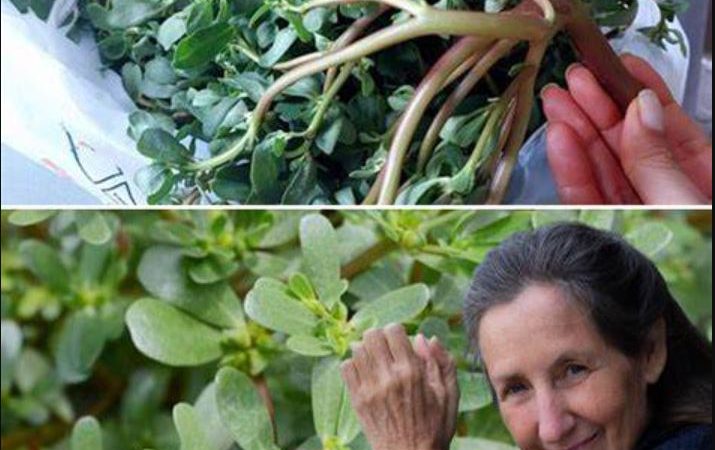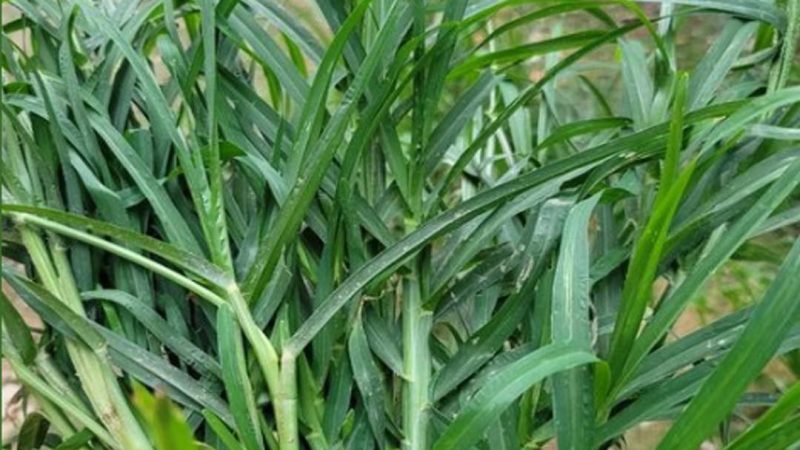Maximizing Clematis Growth: Sunlight, Soil, and Temperature Tips
Clematis, with its stunning array of colors and graceful blooms, is a beloved addition to any garden. However, achieving optimal growth and vibrancy requires attention to several key factors: sunlight, soil quality, and temperature. In this article, we’ll explore some essential tips to maximize the growth of your clematis plants.
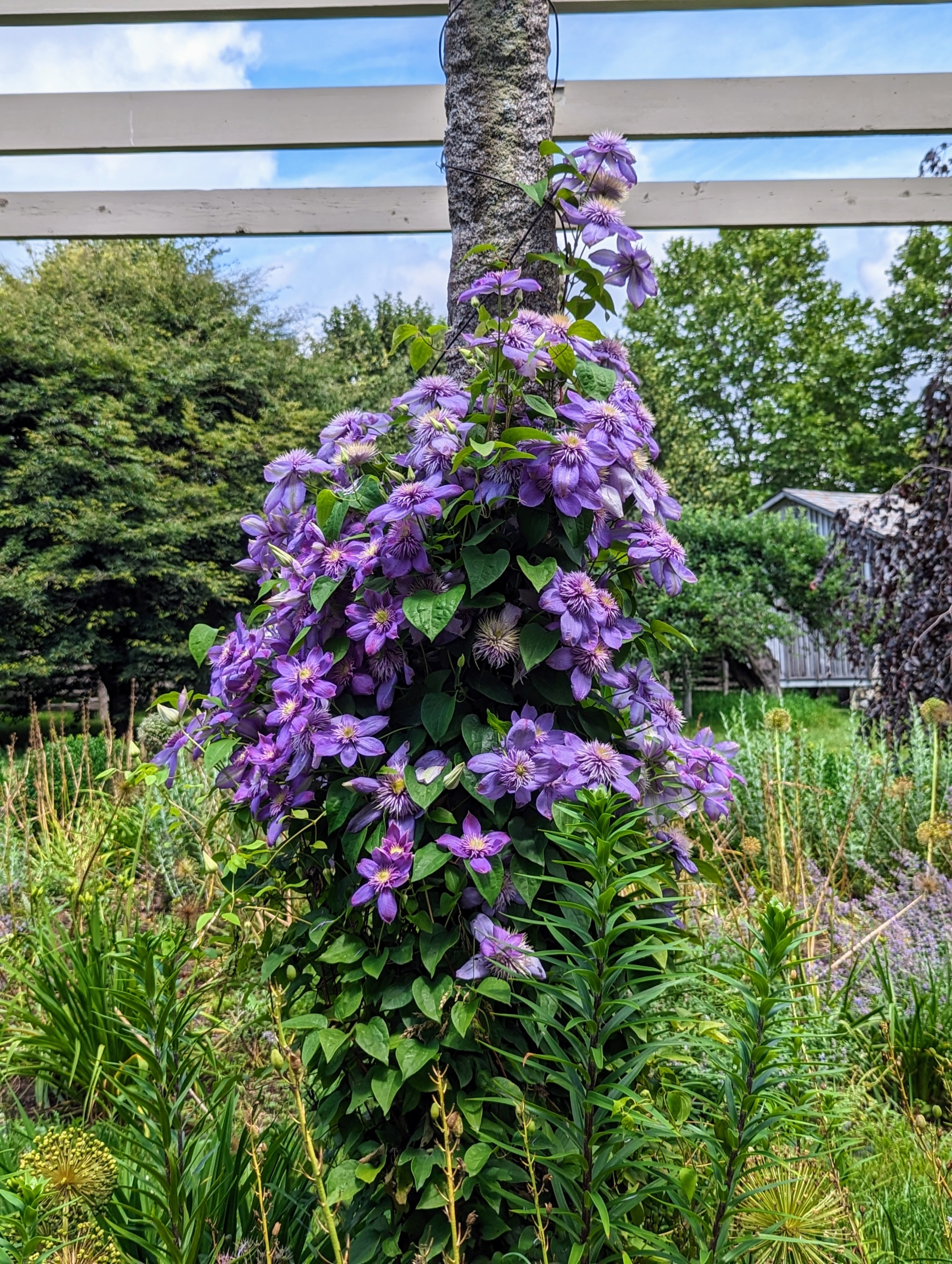
### Sunlight:
Clematis thrives in sunlight, but the ideal amount varies depending on the specific variety. Generally, they prefer at least six hours of sunlight per day. When selecting a location for planting, choose a spot with ample sunlight exposure, preferably with morning sun and some afternoon shade, especially in warmer climates. This balance helps prevent the plant from becoming stressed or scorched during the hottest part of the day.
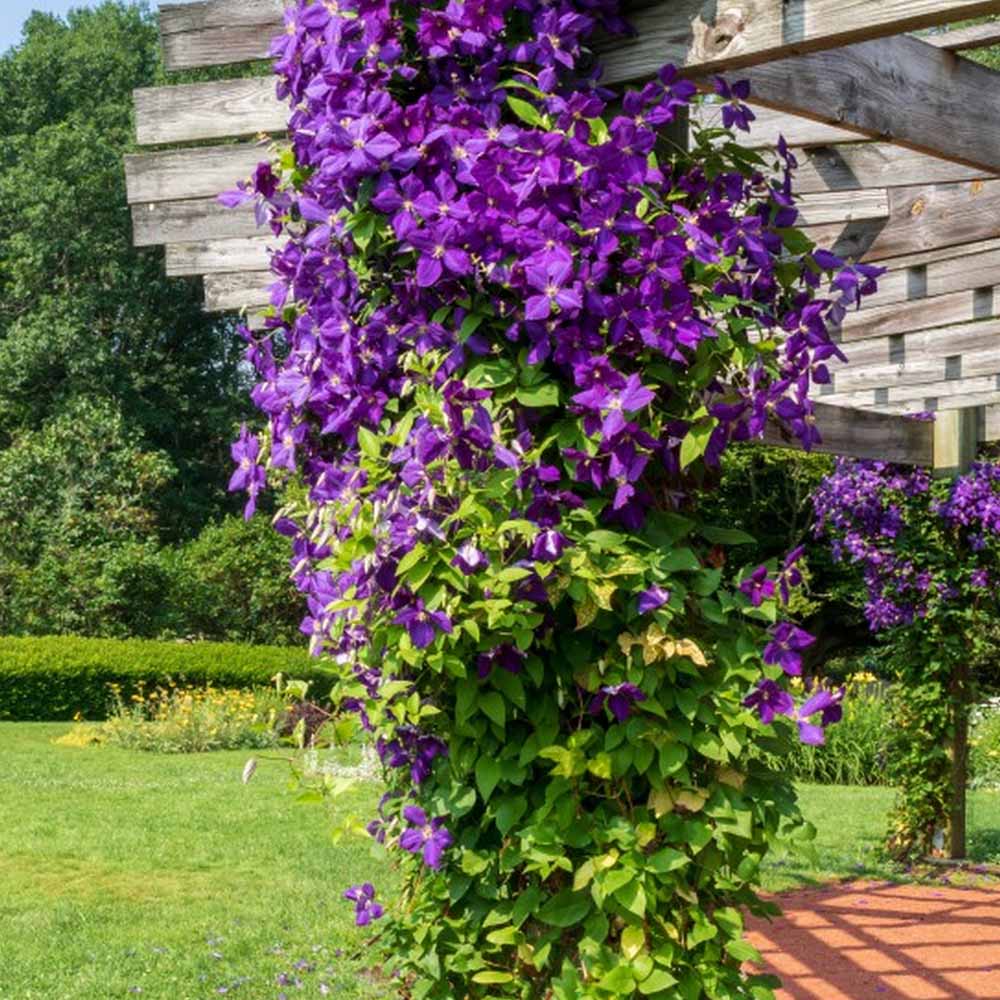
### Soil:
The soil quality is crucial for the health and vigor of clematis plants. They prefer well-draining, fertile soil with a neutral to slightly alkaline pH level. Before planting, amend the soil with organic matter such as compost or well-rotted manure to improve its texture and nutrient content. Additionally, adding a layer of mulch around the base of the plant helps retain moisture and regulate soil temperature, promoting healthy root growth.

### Temperature:
Clematis plants are generally hardy, but extreme temperatures can adversely affect their growth. In regions with hot summers, provide some afternoon shade to prevent the plant from overheating. During periods of extreme heat, ensure adequate watering to keep the soil consistently moist, as dry conditions can stress the plant and inhibit growth.
In colder climates, some varieties of clematis may benefit from winter protection, such as mulching around the base of the plant or covering it with a layer of burlap. This helps insulate the roots and prevent frost damage, ensuring the plant emerges strong and healthy in the spring.
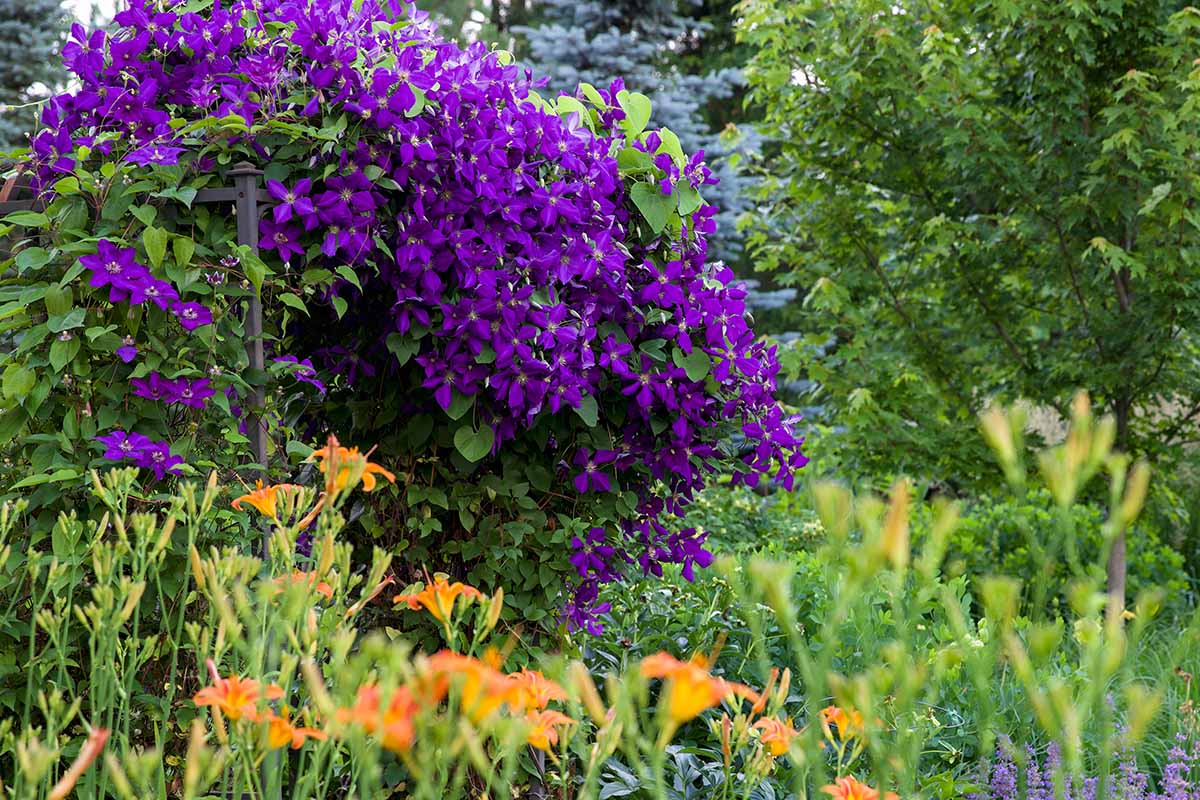
### Additional Tips:
– **Support Structures:** Clematis plants are natural climbers and require a support structure to grow vertically. Install trellises, arbors, or fences for them to cling to, allowing the vines to reach their full potential.
– **Pruning:** Regular pruning is essential for maintaining the health and shape of clematis plants. Different varieties may have specific pruning requirements, so familiarize yourself with the needs of your particular cultivar and prune accordingly.
– **Watering:** Clematis plants prefer consistently moist soil, especially during the growing season. Avoid overwatering, as excessive moisture can lead to root rot. Instead, water deeply and infrequently, allowing the soil to dry out slightly between waterings.



By paying attention to these key factors—sunlight, soil quality, and temperature—you can maximize the growth and beauty of your clematis plants. With proper care and attention, these stunning vines will reward you with a dazzling display of color season after season.
